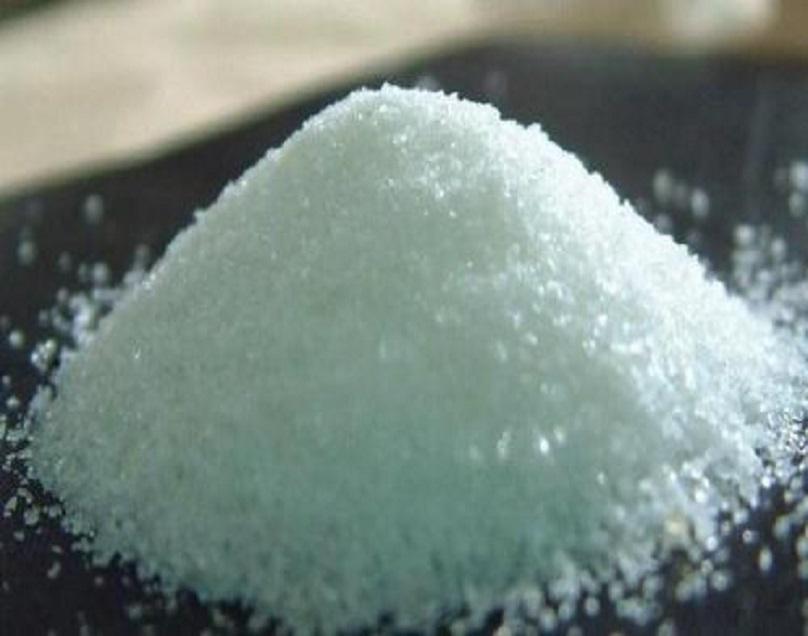Super Absorbent Polymers: Exploring Absorbent Polymers as Sustainable Solutions for Water Conservation in Arid Regions
Introduction to SAP
Super absorbent polymers (SAP) are a type of polymer material that can absorb and retain extremely large amounts of liquid relative to their size. When dry, SAPs are loose fine powders but upon contact with liquid they can absorb up to 500 times their mass and form hydrogels. This property makes SAPs useful for a variety of applications where liquid handling is important.
Chemistry and Production of SAPs
The raw materials used to synthesize SAPs are acrylic acid or acrylamide monomers. These are polymerized in an aqueous solution using a crosslinking agent and an initiator. Crosslinking enables the polymer chains to join together and form a three-dimensional network structure. The production process also requires stringent safety measures as the acrylate monomers are volatile and toxic. Common crosslinking agents used are N,N'-Methylenebisacrylamide (MBA) and trimethylolpropane triacrylate (TMPTA). After polymerization, the water-swollen gel is dried and milled into a fine powder of superabsorbent particles.
Uses of SAPs in Hygiene Products
The biggest application area of SAPs is in hygiene products like baby diapers, adult incontinence products and feminine hygiene articles. SAPs are used in the absorbent core of these products to quickly draw urine or other fluids away from the wearer's skin and lock them within the super absorbent material. This keeps the skin dry and prevents leaks. SAPs enable thinner and less bulky designs of hygiene products while providing high absorbency performance. It is estimated that over 90% of disposable diapers contain SAPs.
Other Applications of SAPs
In addition to hygiene products, SAPs are increasingly finding application in other areas as well:
Agriculture - SAPs are added to soil to increase water retention for crops during dry periods. They can absorb 200-300 times their mass in irrigation water.
Wound care - SAPs are used in dressings and bandages to soak up wound exudate and keep wounds dry. This reduces healing time.
Civil engineering - SAPs enhance the water retention ability of concretes and cements, reducing requirements for frequent watering of structures.
Dehumidifiers - Hydrogel beads made of SAP absorb moisture from the air, keeping indoor environments dry.
Packaging - Absorbent layers or pads containing SAPs maintain freshness in food packaging by absorbing moisture and preventing condensation.
Advantages and Challenges of SAP Technology
SAPs provide significant performance benefits like high liquid absorbency, thinner designs, and enhanced user comfort. However, several challenges remain around their widespread adoption:
- Cost: Production of SAPs requires multi-step polymerization processes and pure monomers, making production costs relatively high.
- Leakage: Swollen SAP particles have to be firmly immobilized within products or they may leak out in use. New immobilization techniques are being developed.
- Disposal: As most SAPs are not bio-degradable, their disposal raises environmental issues. Efforts are on to make “super water-absorbent resins” from renewable biomass sources.
- Toxicity: Though non-toxic in use, SAP production involves hazardous acrylate monomers. Alternative non-toxic production methods are being researched.
Future Prospects and Applications
As super absorbent polymers technology issues get addressed, its application scope will continue widening. Areas being explored include agriculture (as soil conditioners), biomedical uses (artificial blood, tissue, and wound dressings), food packaging, electro-active polymers for sensors and actuators, and as water retaining additives in construction materials like cement. Overall, SAPs hold immense promise for liquid management needs across many industries and technologies in the future.
In Summary, super absorbent polymers (SAPs) are cutting-edge materials with remarkable water-absorbing capabilities, offering versatile solutions for a wide range of applications. These polymers can absorb and retain many times their own weight in water, making them highly effective in industries such as agriculture, hygiene products, and waste management. In agriculture, SAPs help improve soil moisture retention, reduce irrigation needs, and enhance crop yields, particularly in arid regions. In personal care products like diapers and sanitary pads, SAPs provide superior absorption and leakage prevention, improving comfort and hygiene. Additionally, SAPs play a role in environmental protection by aiding in the containment and cleanup of spills and leaks, demonstrating their significance in addressing contemporary challenges.

